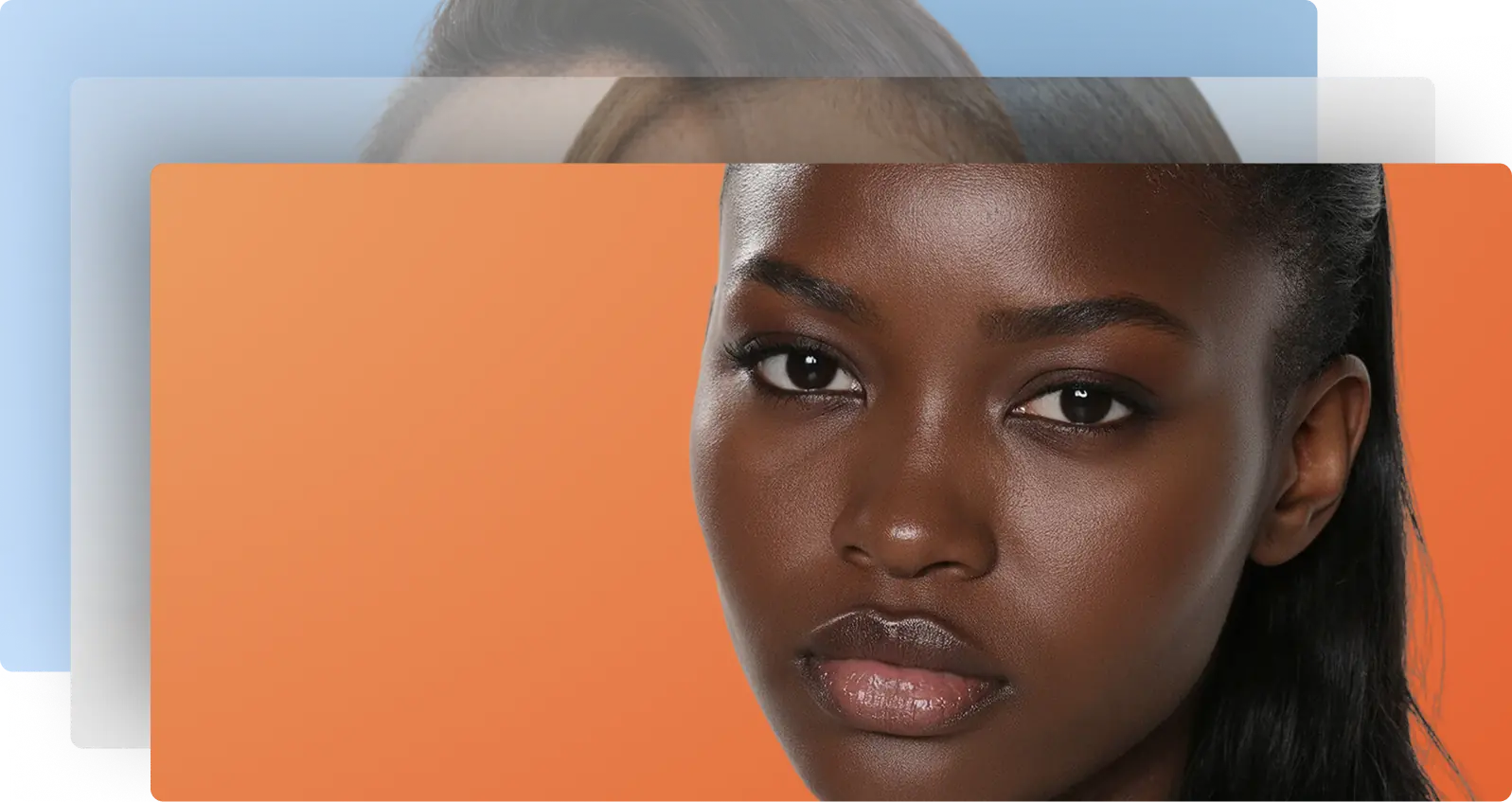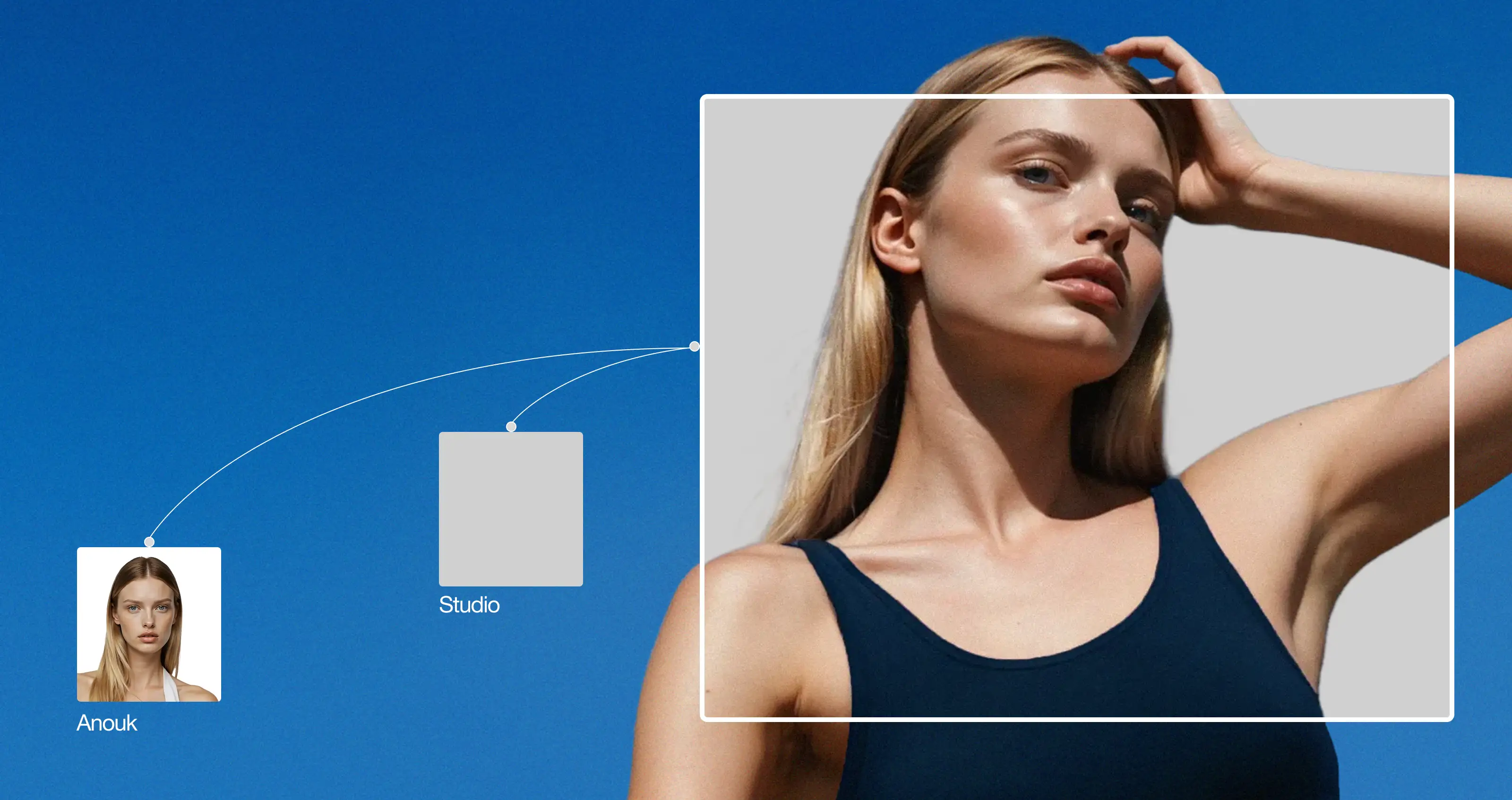H&M’s AI models for clothing: game-changer or gimmick?

H&M just made headlines with their latest move—using AI models for clothing campaigns. That’s not a gimmick because AI models for clothing aren’t new, but what’s different this time is how brands and agencies are fully embracing them.
Big fashion brands have been testing AI-generated content for a while. Mango recently experimented with AI models in their campaigns (our co-founder, Eran Dagan, shared his thoughts on that here.
It’s like the old proverb: the trees cheer for the axe because its handle is made of wood. In other words, human models might not see the threat right away. But over time, more brands will rely more on AI simply because it’s cheaper, faster, and easier to control.
Models still have their niche—runways, brand ambassador roles, and high-end campaigns—but odds are AI’s future in fashion will be heavily favored on utilizing realistic AI models for clothing, not digital twins. Regardless of regulations, brands have every incentive to keep pushing forward. So, while some say it’s a gimmick or a PR stunt, from our perspective it’s neither. Come see why.
AI models for clothing: The bigger picture
AI has already been shaking up the fashion world behind the scenes. The reality? Fashion brands operate on razor-thin margins. Traditional photoshoots are expensive, time-consuming, and packed with logistical headaches—think model fees, studio rentals, and reshoot costs. AI changes that.
Instead of waiting weeks for a campaign to go live, brands can now create, test, and tweak AI-generated visuals in hours. AI models allow for lightning-fast localization, meaning a brand can generate region-specific content instantly. It also opens the door for hyper-personalization, where customers see models who look like them in outfits tailored to their preferences.
AI models for clothing: What this means for everyone

For brands

AI models slash production costs and time-to-market. No more waiting for model schedules to align or scrambling for a last-minute reshoot. Brands can generate models on demand, ensuring campaigns stay fresh, relevant, and localized for different markets.
For example, brands can instantly create summer ads for Australia while pushing winter campaigns in Europe—without ever booking a photoshoot. AI also allows brands to experiment with different creative directions before committing to a final campaign, reducing the risk of costly flops.
<blogcta>
For creatives
AI isn’t here to replace photographers, stylists, or art directors—it’s here to give them a new set of tools.
Photographers can use AI to pre-visualize shoots and test concepts before stepping into a studio. Stylists can create digital wardrobe combinations before curating physical collections. Art directors can blend AI models for clothing with real-world assets to create hybrid campaigns that push creative boundaries.
Instead of being locked into lengthy and expensive production cycles, creatives can work faster and smarter.
For consumers

AI-driven campaigns mean more variety and personalization. Instead of seeing the same handful of models, shoppers can view products on AI-generated models that better reflect different body types, skin tones, and style preferences.
This makes online shopping feel more inclusive and engaging. Brands can also respond to trends in real-time—imagine a viral TikTok aesthetic turning into a full-blown campaign within days instead of weeks.
A necessary conversation, not a marketing gimmick
H&M’s move feels more like a PR play than a true industry shift. AI isn’t some passing trend—it’s a fundamental transformation that brands, creatives, and consumers need to be prepared for. Instead of treating AI-generated models as a novelty, the conversation should be about how to adapt, innovate, and make the most of this technology.
Fashion isn’t disappearing, and neither are real models or creatives. But the industry is evolving, and those who embrace the change will find new opportunities while those who resist may struggle to keep up.
The real question isn’t whether AI is coming—it’s how ready we are to use it to build a smarter, more efficient fashion industry.



.webp)
